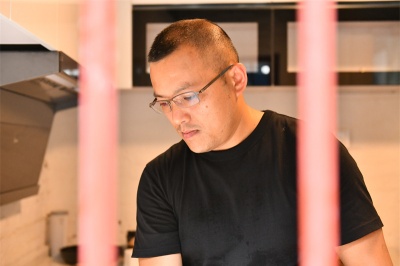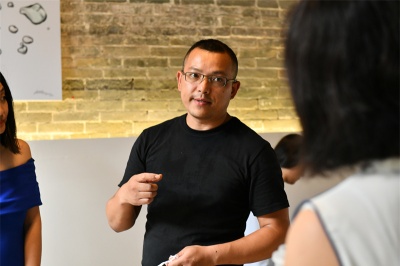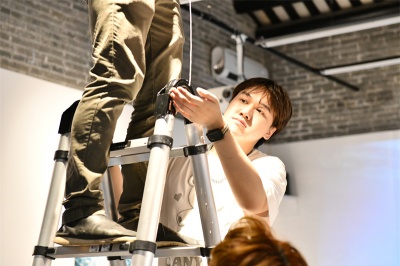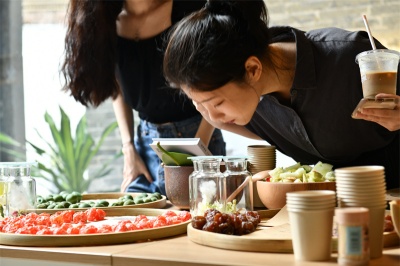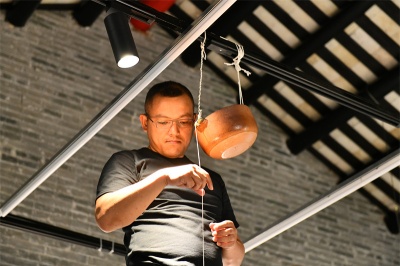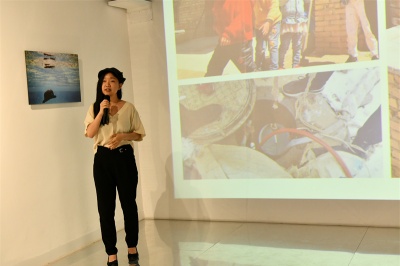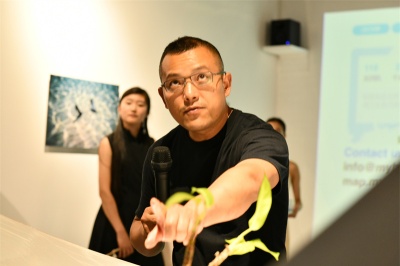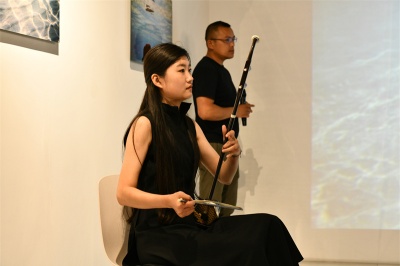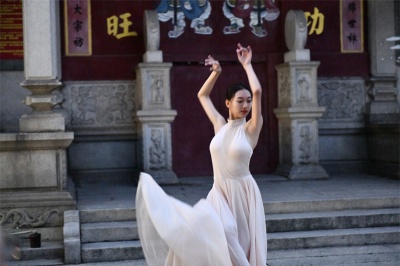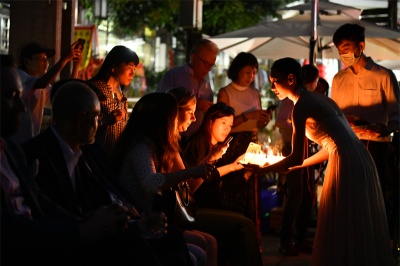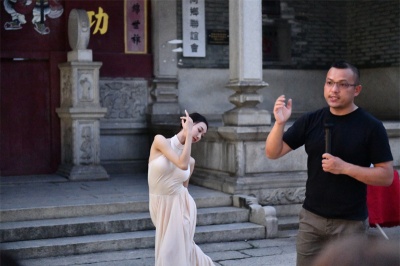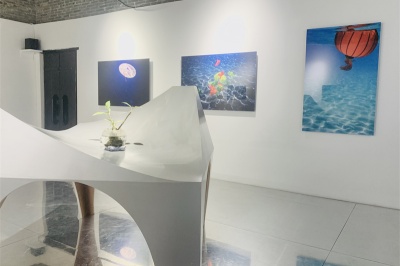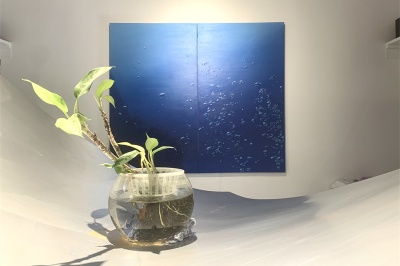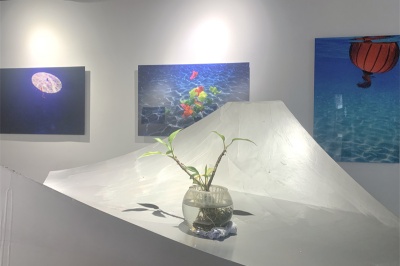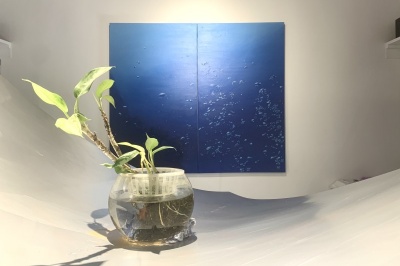
On the occasion of the 50th anniversary of the establishment of diplomatic relations between China and Austria, the Cultural Office of the Austrian Embassy in China launched the interdisciplinary exchange activity of "Art Meets Science". Aiming at global issues, we will discuss and look forward to the future in the way of dialogue between science and art, starting from the elements of water, wood, soil and air. "Art meets science" starts with the first element "water", and the joint exhibition of "water masters the future" between Austrian and Chinese artists, hosted by the Cultural Office of the Austrian Embassy in China and the exchange culture, was born.
Austrian artist Marko Zink explores the relationship between trace and memory in his underwater photography series "Swimmers". The artist does not use any diving tools, and uses the film that has been boiled with water in advance to shoot the daily objects that are sunk into the sea floor. He used his unique artistic techniques to create a beautiful but lost underwater world. Through the exchange between subject and object appearance and loss, he reminded people to pay attention to things they used to in life, such as "water". The artist took this opportunity to pose a question: If one day the water on the earth disappeared, where would the future of mankind go?
The "Breath" series of oil paintings by Shi Zhiwen, a Chinese artist, is a new work after the artist mentioned the brush again in 2020. The creativity of this "breathing" series comes from the feeling and experience of the artist when diving. The lines in the past seem to disappear, but the color is more pure, the picture is more full and intuitive, making people feel immersive.
Both artists dived into the same medium "water" to create: Marco Jinke held his breath for underwater photography, and Shi Zhiwen painted the visible breath underwater with a brush. The works of the two artists talked in the space between the Hu Clan Ancestral Hall in Huangpu Ancient Port. The architecture of the ancestral hall itself is geographically related to water. In this three hundred year old Hu's Ancestral Hall, "water" plays an important role. Its layout focuses on "four waters return to the original", gathering water from all directions here. Therefore, the holding of the joint exhibition of Austrian and Chinese artists of "Water Lord the Future" here will be endowed with a special significance: the East and the West meet here, and science and art meet here.
In the "Swimmers" series, the artist does not use any diving tools, but uses the film that has been boiled in water in advance to shoot the daily objects that have sunk into the sea floor: lanterns and umbrellas full of oriental images, men's hats and women's high heels symbolizing western civilization, travel boxes forgotten by the owner, and books scattered in the water, all of which create an absence situation of the main body. We may ask: Who left these things? Did the owner of the high-heeled shoes get lost? Or are high heels lost? Did the man in the hat run away with the lady? The answer is to sink in the water, drift with the waves, and the vacancy left is filled and submerged by water. Human beings only occupy a short period of time in the history of evolution, and water has existed for billions of years before the emergence of human beings. Humans are accustomed to the existence of water, but often ignore the importance of protecting water resources.
The "Breath" series of oil paintings by Shi Zhiwen, a Chinese artist, is a new work after the artist mentioned the brush again in 2020. Shi Zhiwen is good at presenting the multi-dimensional world of pen, ink and paper with lines. Her lines have inherited some functions of lines in traditional Chinese calligraphy and painting, such as presenting the aesthetic feeling of lines themselves, shaping space and volume, and even directly transforming traditional landscapes with lines connected. However, her painting surface is still highly abstract and highly personalized. The creativity of this "breathing" series comes from the feeling and experience of the artist when diving. The lines in the past seem to disappear, but the color is more pure, the picture is more full and intuitive, making people feel immersive. "Breathing is the most basic survival need of human beings. Our breathing on land is invisible, but our state of tension or relaxation in the sea is reflected by these bubbles. As we slowly go into the sea, the color around gradually disappears and finally only dark blue remains. The circumference is quiet and can only hear the sound of bubbles when breathing. These bubbles are not ocean like meteorites from space do not belong to the earth." The artist said so.
